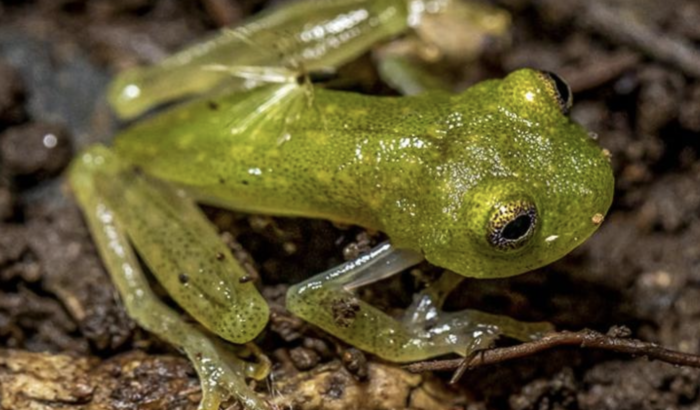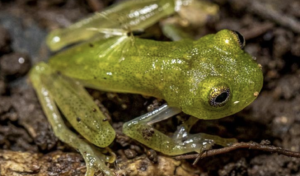All species of the crystal frog family (Centrolenidae) will be included in Appendix II of the Convention on International Trade in Endangered Species of Wild Fauna and Flora (CITES). The Agalychnis lemur (Rana Lemur) was also included in Appendix II.
Appendix II is a list of species that offer different levels and types of protection against overexploitation.
Almost 50% of the crystal frog species evaluated by the Red List of Threatened Species of the International Union for Conservation of Nature (IUCN) are threatened with extinction. These are mostly affected by habitat loss, climate change, emerging infections and the trade in exotic pets, the Ministry of the Environment explained in a prey note.
The reason for the danger is because crystal frogs have a high demand in the international pet market due to their transparent skin and their tiny size. “These characteristics make these species coveted by private collectors, sellers and hatchers around the world,” the entity explained.
The national head of Biodiversity of the Environment, Erick Núñez explained that the entire family of the crystal frog was included due to the great “similarity between the species, whose differentiation is a challenge, even for specialists.”
For this reason, this total inclusion will allow greater effectiveness in the implementation of the amendment, it would facilitate the work of units of the National Customs and Environmental Prosecutors Authority in the exercise of their oversight roles,” he added.
The lemur frog is in the category (CR) in critical danger, therefore this amendment is vital to strengthen its protection. “As such, there is no evidence, information or complaints that Panama has or has submitted reports of illegal trafficking of A. lémur, however, the interest that the species be included in Appendix II of CITES, is given because better control and control would be provided against possible illegal movements of amphibians,” MiAmbiente said.

